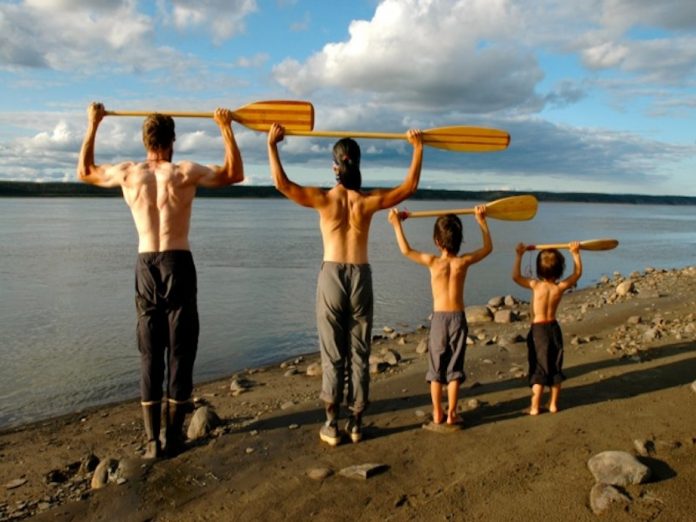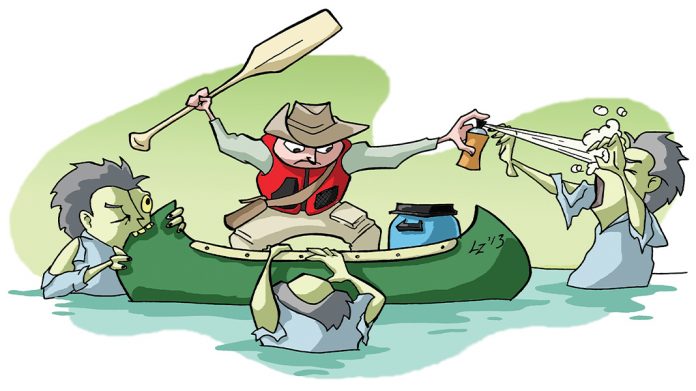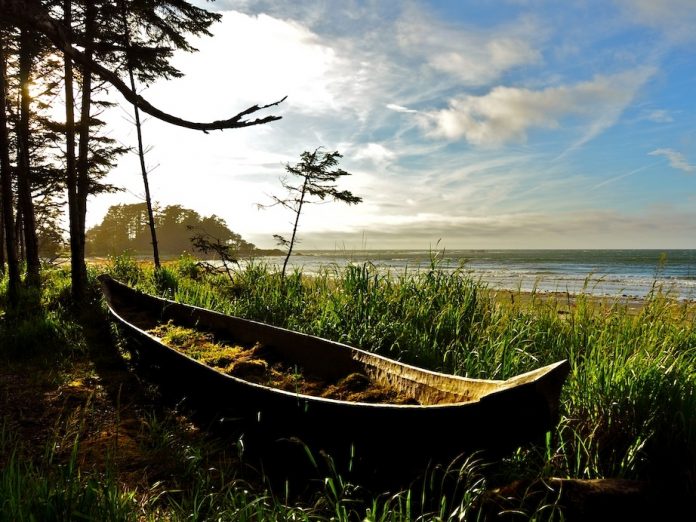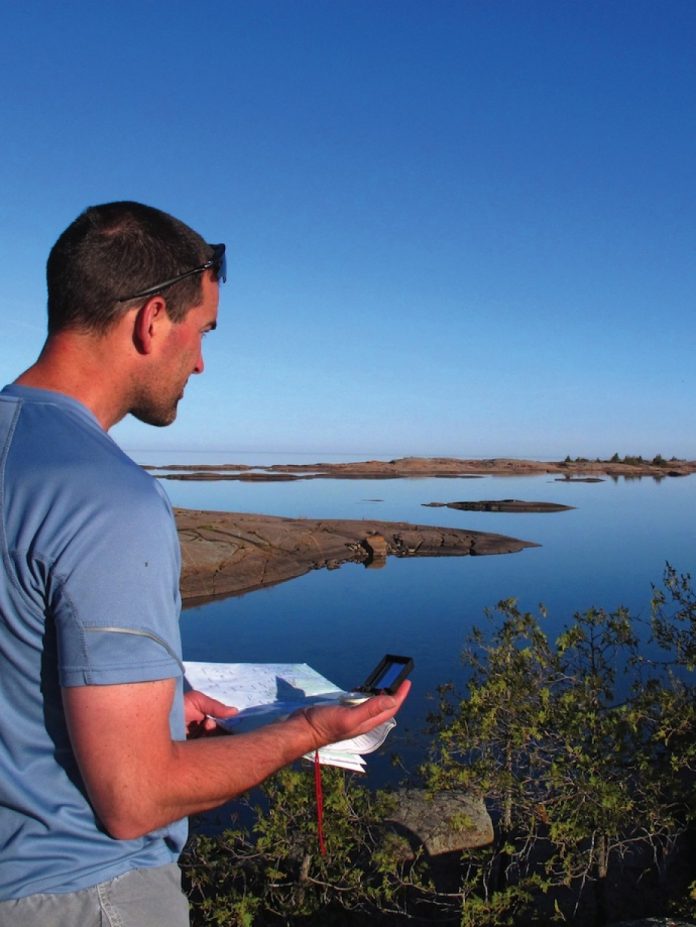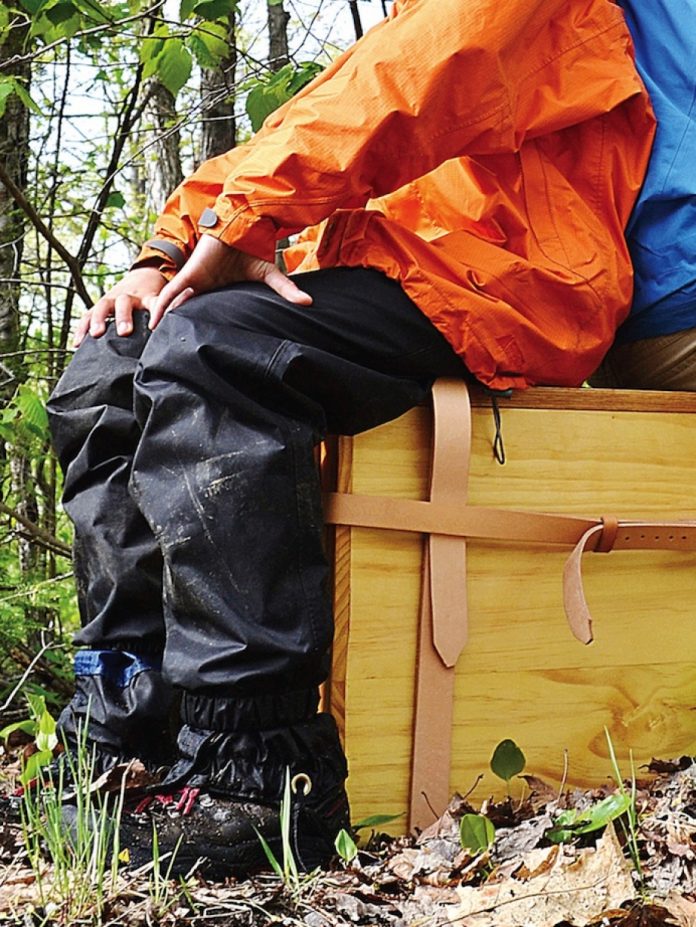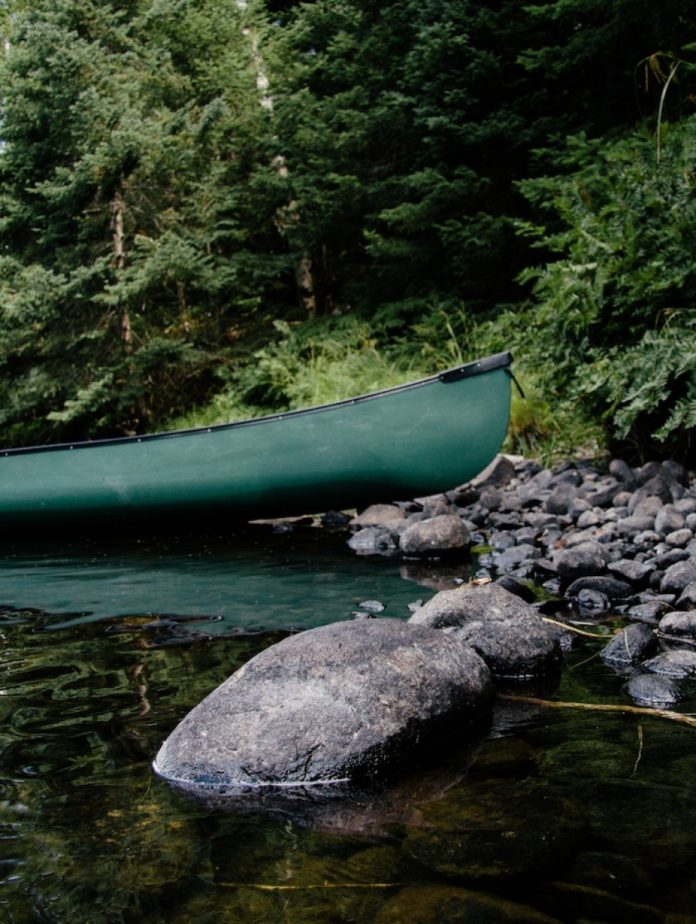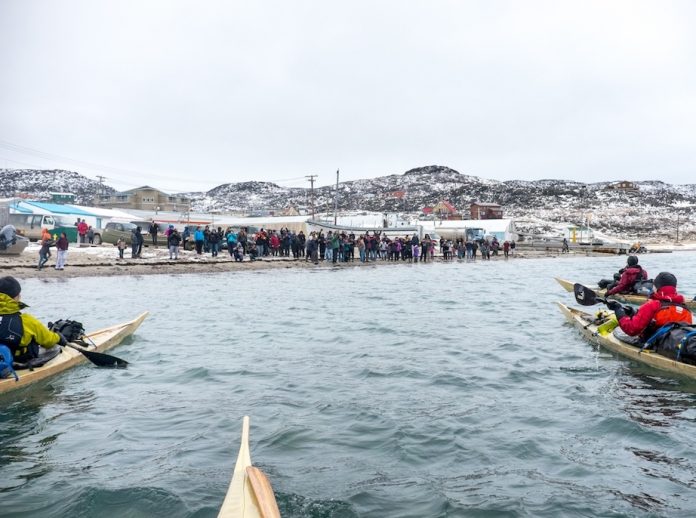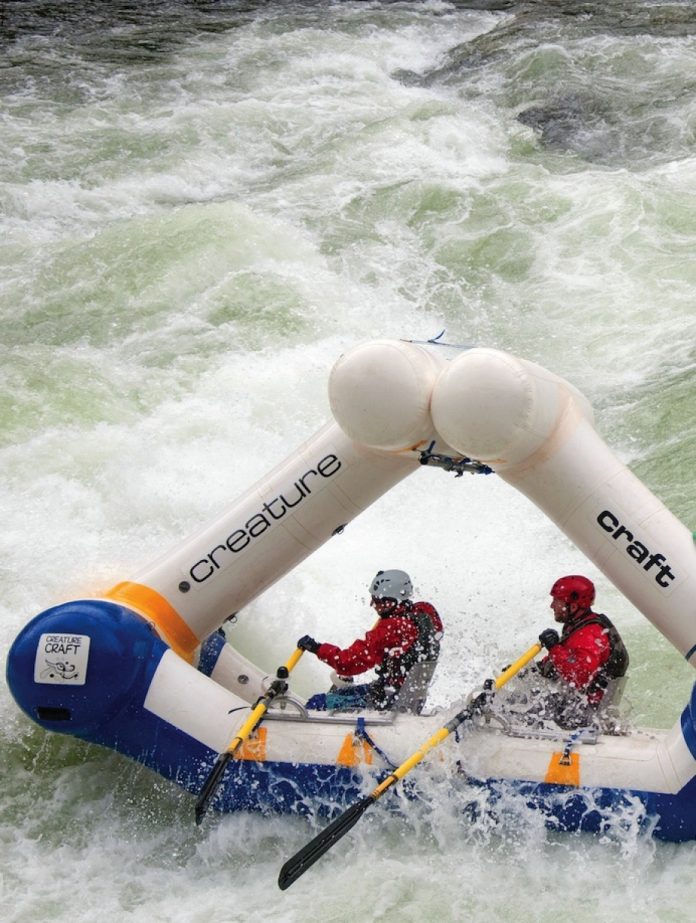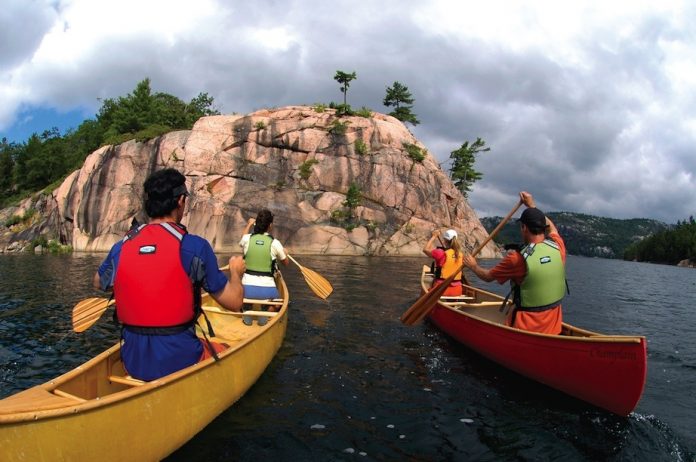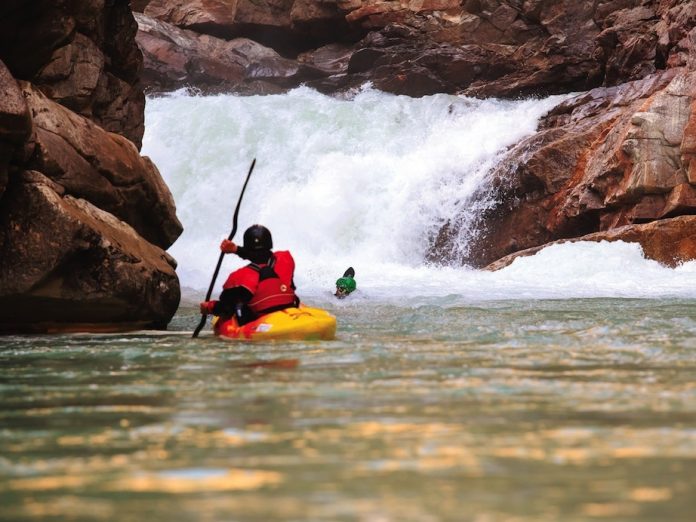Back when I bought my first Perception Dancer, some things about the whitewater paddling game seemed peculiar to me. These things still do:
1: Why is there just one price point for whitewater boats?
A new kayak will cost you about $1,000. An entry-level boat is the same price as a Worlds-worthy competition model. I can’t think of any other activity where there is no price variation between entry and pro level.
2: Why are classic boat designs discontinued?
Happily, the product development cycle has slowed down from the doomed go-go rodeo days, but there is a reason eZs and inaZones are snapped right up on Craigslist. Canoe makers have figured this out—the Prospector has been in production for over 100 years and the much-anticipated return of the Ocoee is another case in point. I think we are finally getting over the “it’s better because it’s new” mentality.
3: Why does the myth that paddlers are cheap persist?
Blaming enthusiasts for not spending money when there is nothing to buy seems disingenuous. The places that paddlers like to hang out—near rivers— tend not to be too commercialized anyway. Campfires and tents are a necessity as much as a part of the lifestyle. Where they exist, alternatives like rapid-side rental cottages and take-out patio bars disprove the myth.
4: Why don’t more paddlers take a river rescue course?
This is a product of the “industrial rescue complex” that launched the teaching of swiftwater rescue courses designed for firefighters and institutions, to paddlers. It didn’t work, but that was over 20 years ago. There are now useful paddler-focused courses. Unfortunately, the majority of those who take them only do so after having a near-death experience. Twenty years from now, I predict rescue training will be seen as a requirement to join any paddling community.
5: On the safety note, why don’t PFDs, helmets or throwbags come with an expiration date?
We know that UV and time degrades the foam and plastic in our safety gear. Why not just put an expiry on them? How about a UV indicator? While we’re at it, build an accelerometer into our helmets so we can measure accumulated impact and know when it is time to throw them away.
6: Why is so little literature written about whitewater paddling?
Doug Ammons is likely the sole voice on this one. Our history and the significance of our paddling experience are slipping by undocumented. GoPro footage is not quite the same thing.
7: Lastly, why aren’t more natural whitewater rivers harnessed for their tourism potential?
Whitewater rivers are rare, so communities that have one should leverage the free resource. Unfortunately, the tourism angle has been left to commercial raft companies to forge for themselves, which is often not inclusive or welcoming to recreational paddlers. I can’t think of any good models of communities that have capitalized on the tourism potential of their rivers.
So, there you go. Are any of these seven things actual problems? Not really. But they are taken for granted as just the way things are. Whitewater paddling could be accessible to a wider range of people, a more diverse industry could be built and the rivers and communities that are lucky enough to have access to the beauty of whitewater could be better supported.
When Jeff Jackson isn’t dreaming up ways to change the paddling world, he’s actually changing the paddling world as professor of Outdoor Adventure at Algonquin College in Pembroke, Ontario.
This article appeared in Rapid, Early Summer 2013. Download our free iPad/iPhone/iPod Touch App or Android App or read the rest here.



